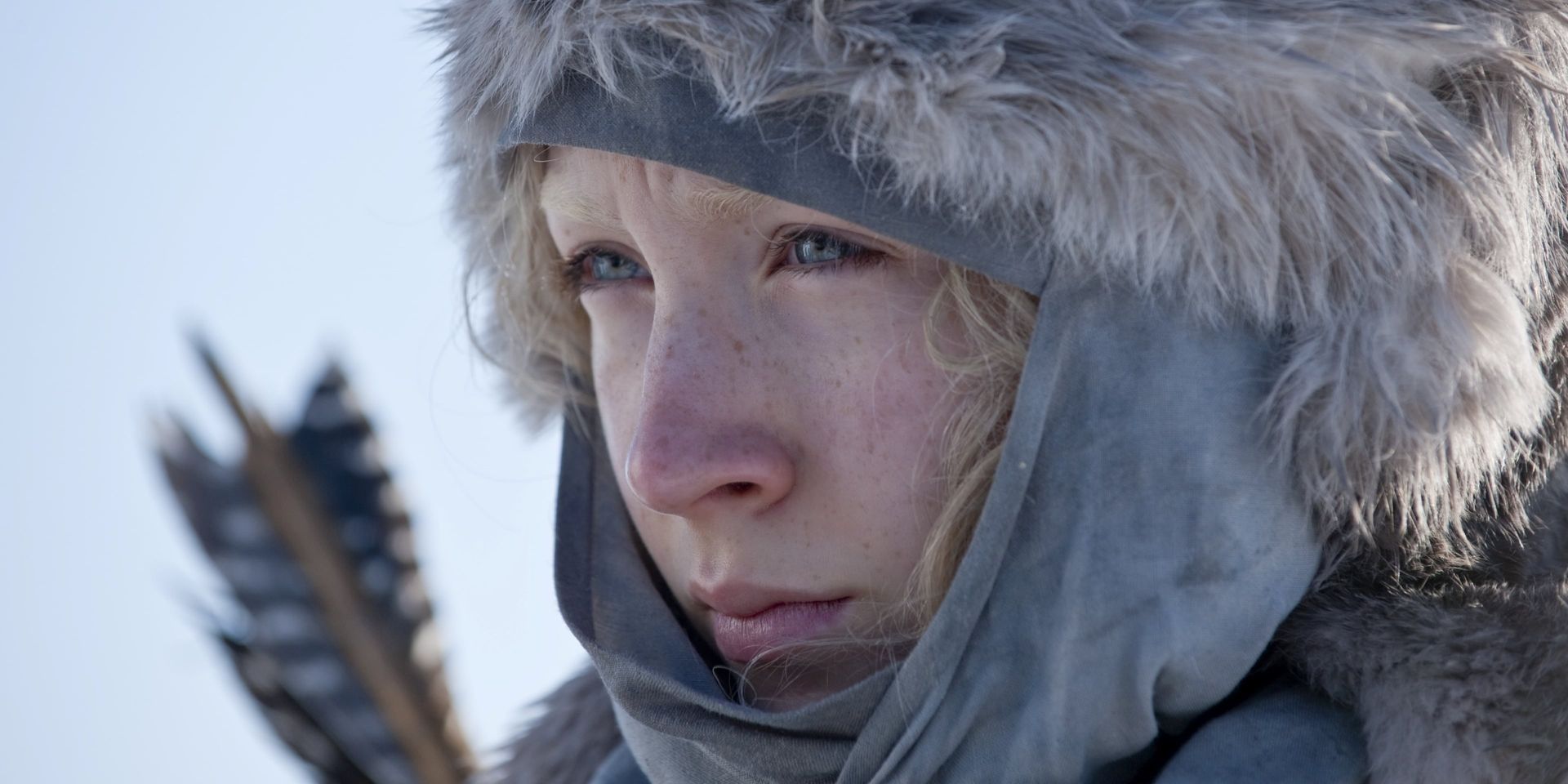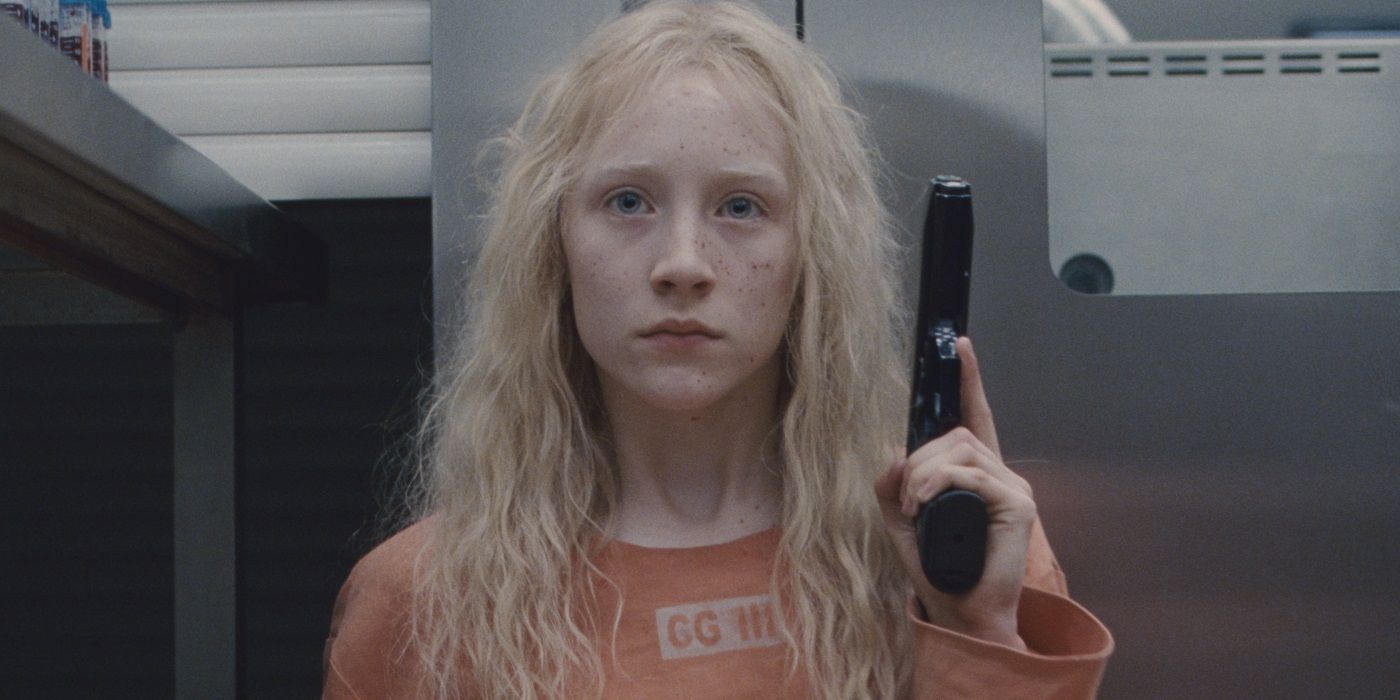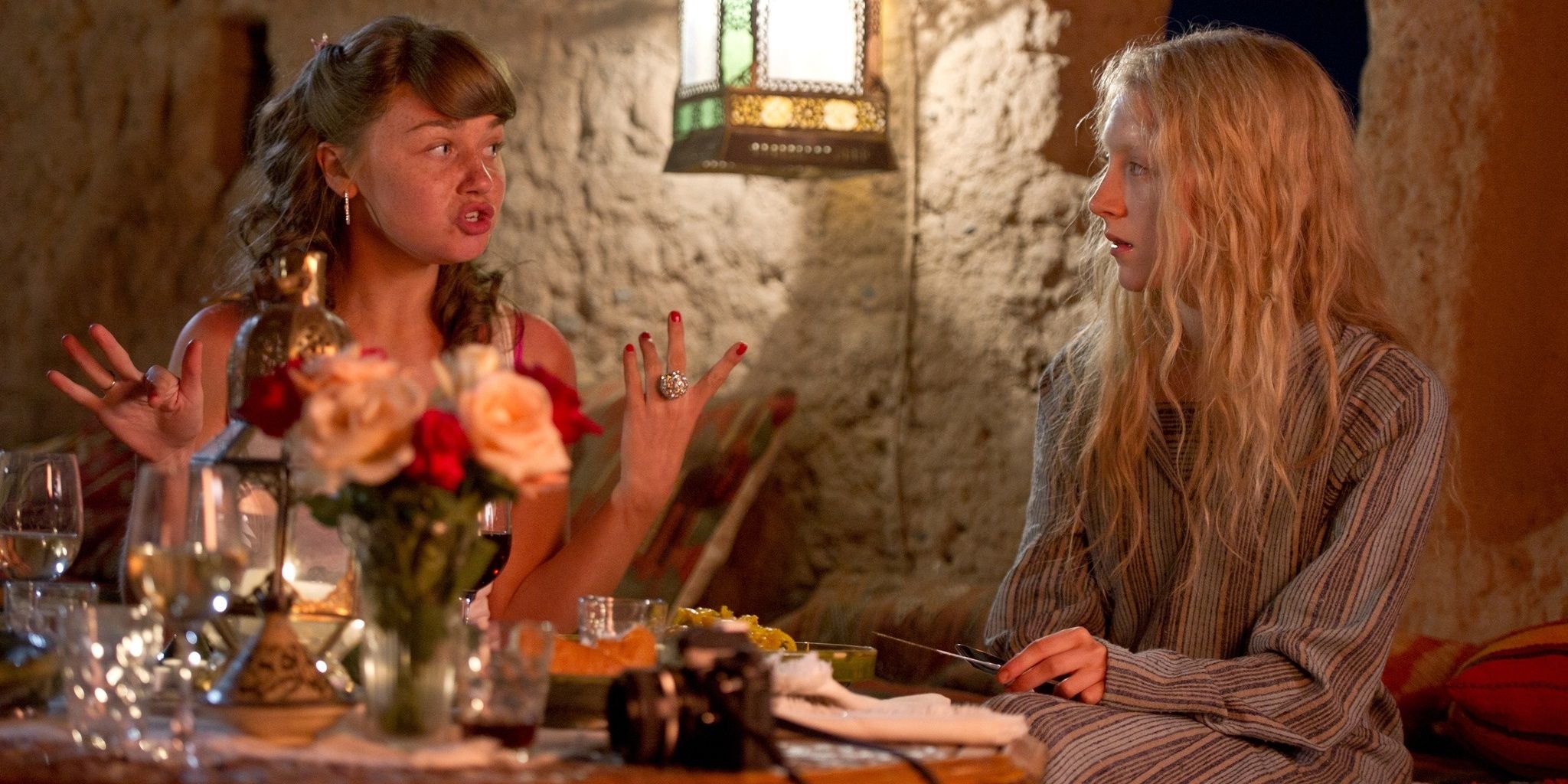Joe Wright is a filmmaker who’s never pigeonholed by one particular genre or style. Over the course of his career, Wright has directed all kinds of movies: wartime romance Atonement, political biopic Darkest Hour, classic literature adaptations Pride & Prejudice and Anna Karenina, and sleekly titled Peter Pan origin story Pan. He also helmed the high-octane action thriller Hanna.
Hanna reunited Wright with his Oscar-nominated Atonement star Saoirse Ronan, who plays the titular antihero. Hanna is a government experiment who was trained from birth to be a lean, mean killing machine. Ronan gives a stunning performance as usual, disappearing into the role and humanizing a genre archetype. She’s backed up by terrific supporting performances by Eric Bana as Erik Heller, the ex-CIA badass who raised Hanna, and Cate Blanchett as Marissa Wiegler, the senior CIA bureaucrat who wants her dead and sends a trio of sadistic assassins after her.
For the most part, Wright drapes Hanna in a Bourne-style gritty realism, but the movie also has some stylized visuals with a minimalist visual palette and lots of energetic camera movements. Narratively and aesthetically, Hanna plays like a gun-toting fairy tale. Assassin movies are always fun – Kill Bill, John Wick, The Killer, the list goes on – but they’re even more fun when the assassin is a kid. Ronan’s delightfully ruthless performance in Hanna evokes Natalie Portman’s star-making turn as 12-year-old contract killer Mathilda in Léon: The Professional. In hitman thrillers starring children, there’s a great juxtaposition between inherent innocence and cold-blooded murder.
Intense Action Scenes
One of the standout elements of Hanna is its original score, composed by the English electronic music duo The Chemical Brothers. Their signature big beats provided suitably intense musical accompaniment for the film’s visceral action scenes. When Erik is followed into a subway station and ominously confronted by a bunch of enemy spies hiding behind pillars, the rising tension on-screen is made more engaging by the increasing tempo and volume of The Chemical Brothers’ soundtrack.
Hanna has a bunch of truly thrilling set-pieces that never get old, no matter how many times they’re watched and rewatched. In one scene, Hanna takes on the three assassins sent to kill her on a dock full of storage containers and ends up weaponizing one of those storage containers as it’s moved by a forklift and bumps into a killer who’s chasing after her. Erik engages in a staggering slow-motion fight with the assassins in the middle of a playground, making full use of the swings and roundabout in the hitmen’s much-needed ass-whooping. Hanna’s showdown with Wiegler at a misty abandoned amusement park gives the movie a spectacular climax.
The first action scene that kicks the movie into top gear holds up as one of its best sequences. Hanna initially becomes a high-profile CIA target when she escapes from a secret underground government facility. This escape scene sets a level of intensity that the movie maintains to the very end. After being captured at Erik’s cabin in the woods, Hanna sits in her underground prison cell and bides her time. When she asks for Wiegler, she’s sent a decoy who pretends to be the assassin that killed her mother. Hanna pretends to break down in tears, embraces the Wiegler decoy, and breaks her neck. This shocking moment kickstarts a delightfully fast-paced set-piece in which the teenage killer effortlessly wipes out legions of goons and makes her escape. This scene instantly establishes just how well she’s been trained to take human lives.
Relatable Coming-Of-Age Awkwardness
The film’s action is broken up by heartwarming scenes of a naive kid experiencing life for the first time. Since Hanna has been raised at a cabin in the middle of nowhere, she’s eager to start living. Even the simplest of pleasures that most people take for granted are new experiences for Hanna. It’s established early on that Hanna has never heard music and desperately wants to know what it feels like. When she finally hears music for the first time, she’s mesmerized.
Over the course of the second act, Hanna makes her first friend. After escaping from the CIA’s underground prison and finding herself stranded in the desert, she meets a couple of kids on a road trip with their parents and ends up tagging along in their RV. During her time with this family, Hanna bumps into all the awkward teenage experiences that everybody goes through, but they’re told through the adolescent misfortunes of a born-and-raised killer. As an older boy leans in to kiss her, Hanna instinctively pins his head to the ground. Like most teenagers, she’s worried the other kids will think she’s weird, but it’s not because she’s a nerd or has niche interests; it’s because she’s a government-trained killer with CIA assassins on her tail.
The beauty of Hanna is that it’s as much of a coming-of-age movie about the difficulties of growing up as it is an intense action thriller. Erik sums it up perfectly when Wiegler asks, “Why now, Erik?” wondering why he revealed Hanna’s secret location, attracted the CIA’s attention, and let her out into the world. He simply tells her, “Kids grow up.”



